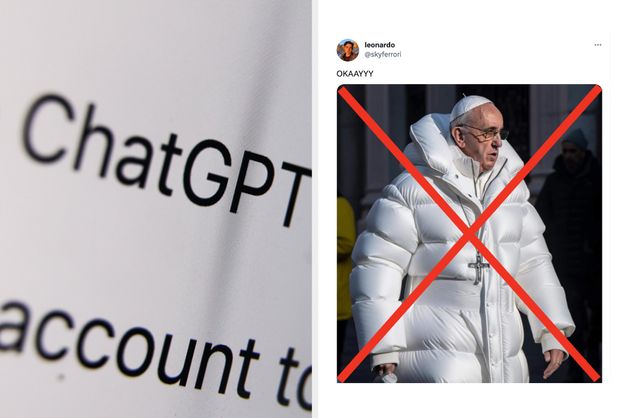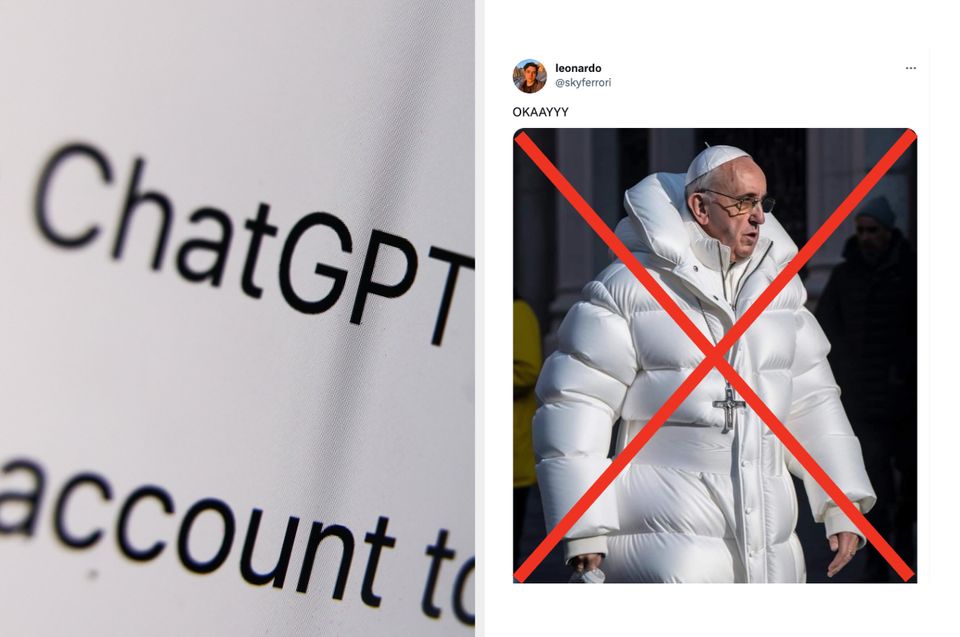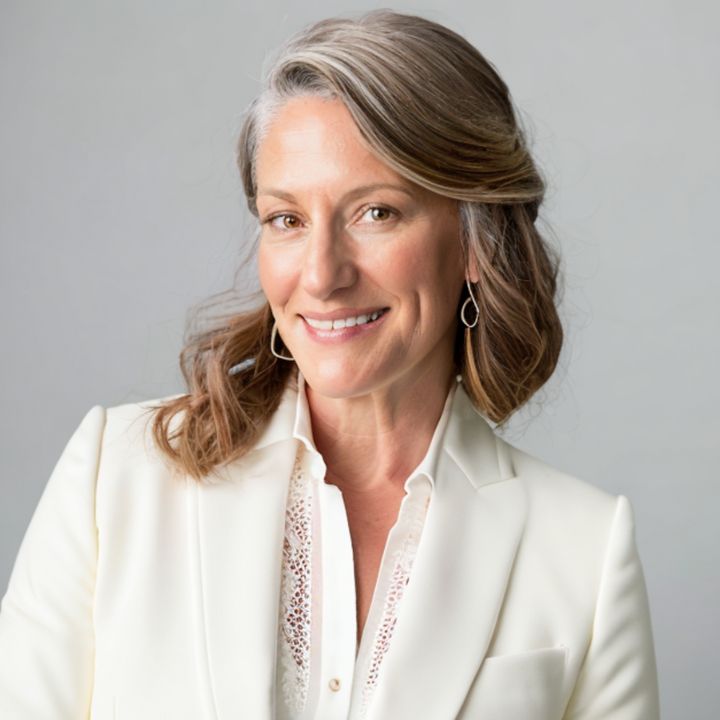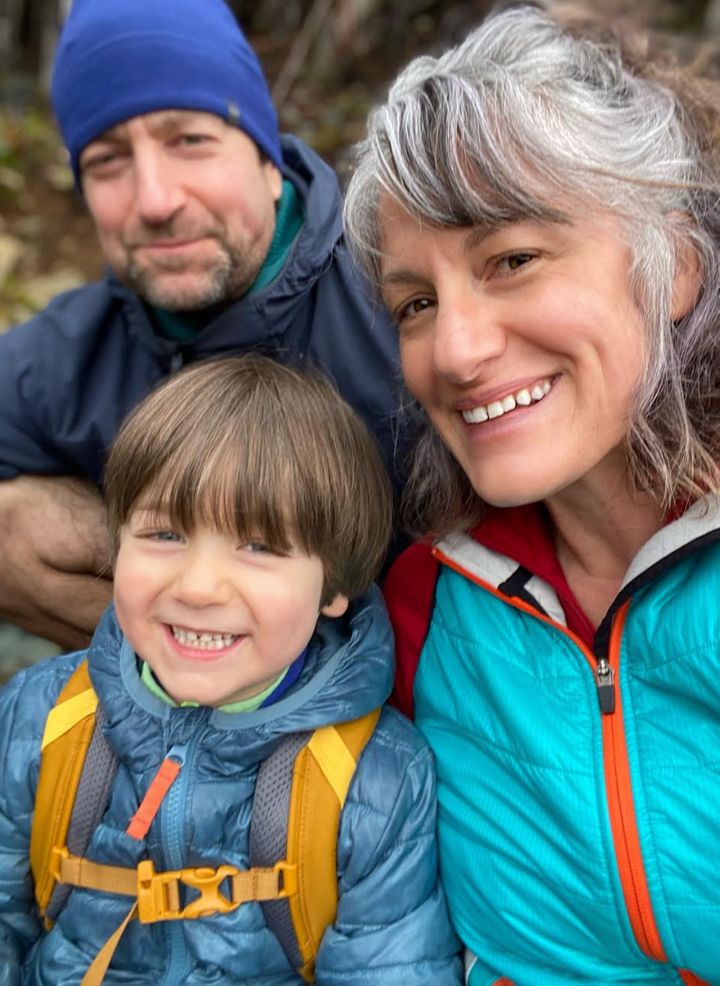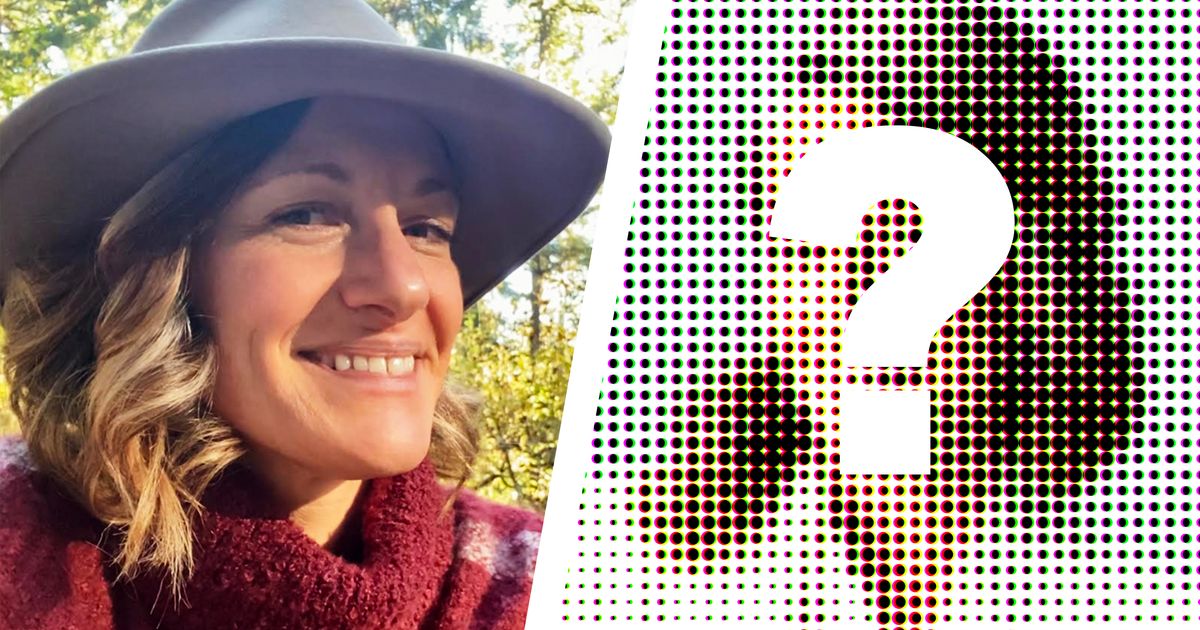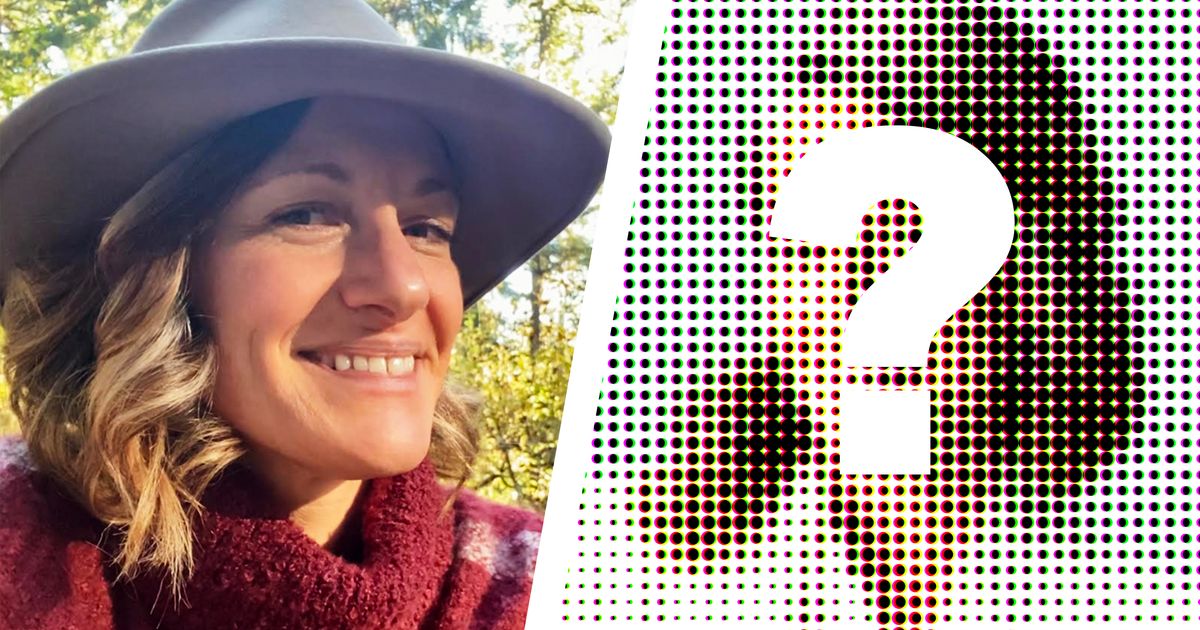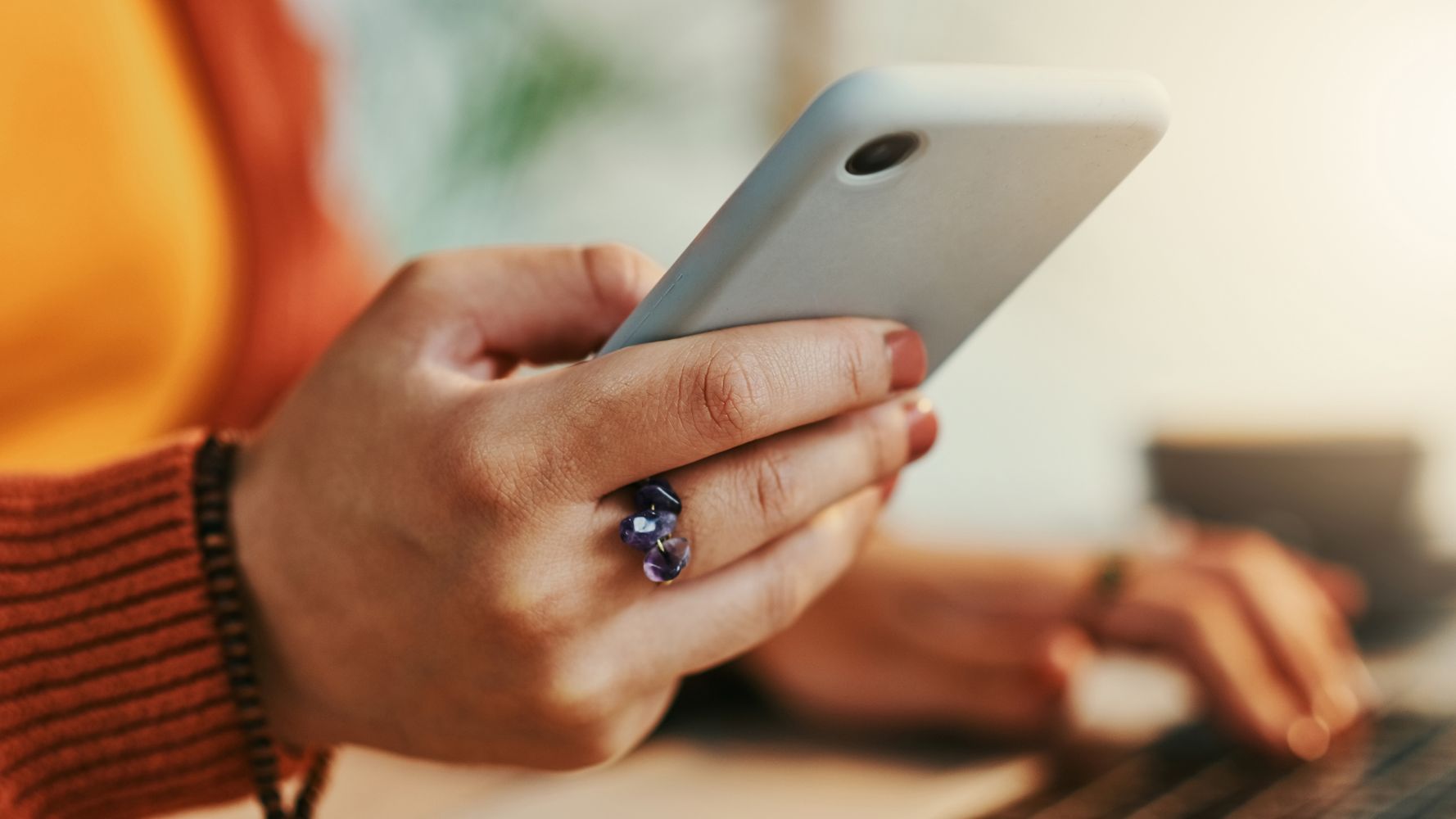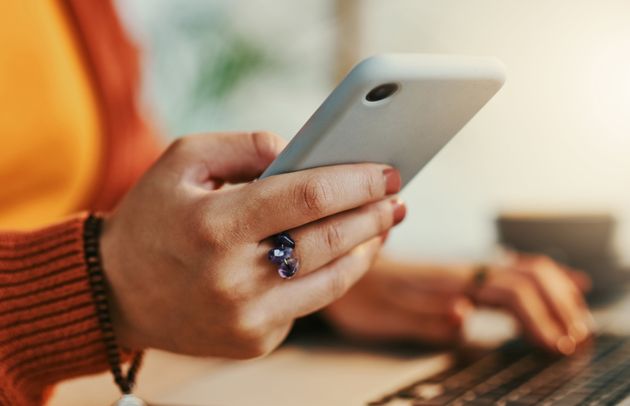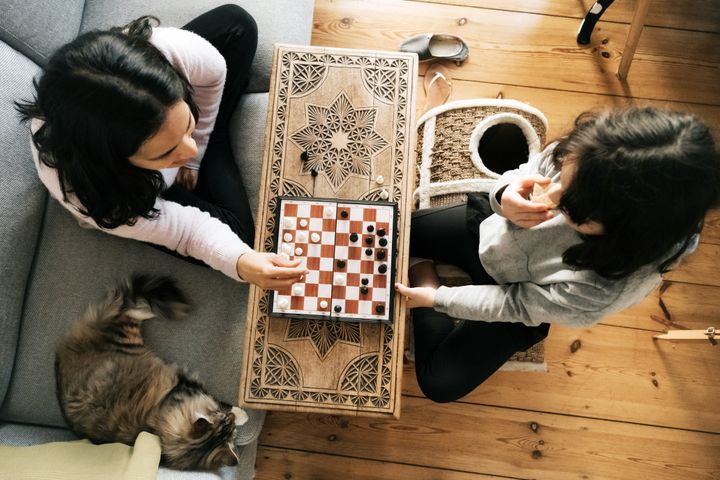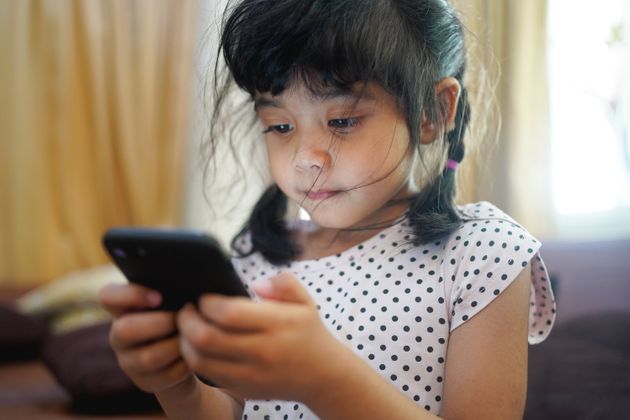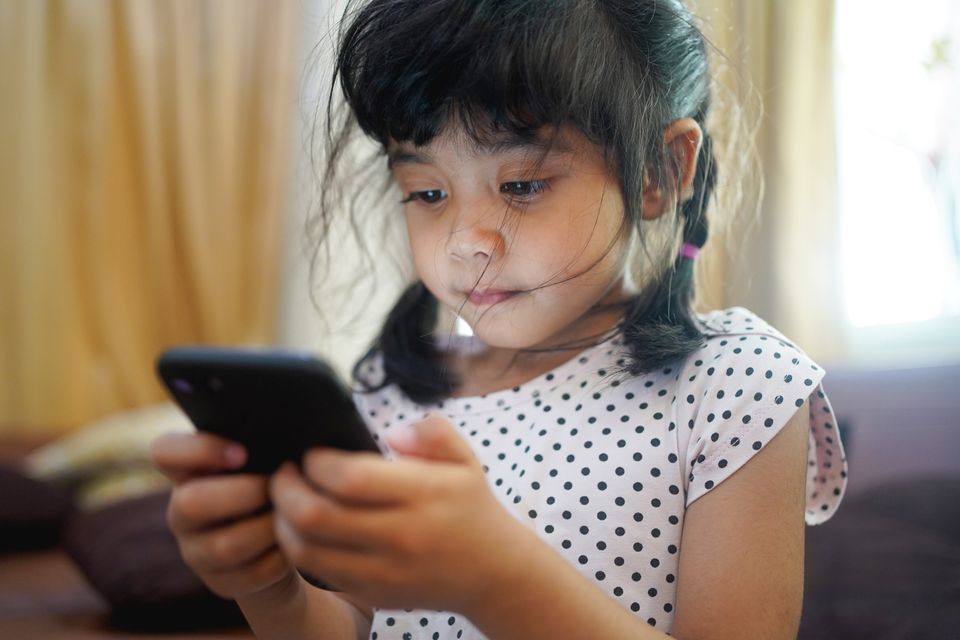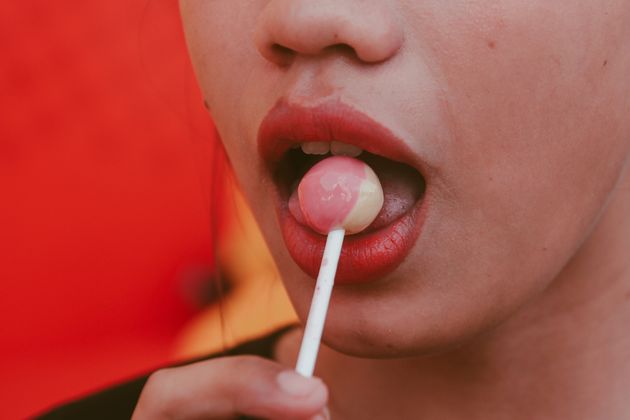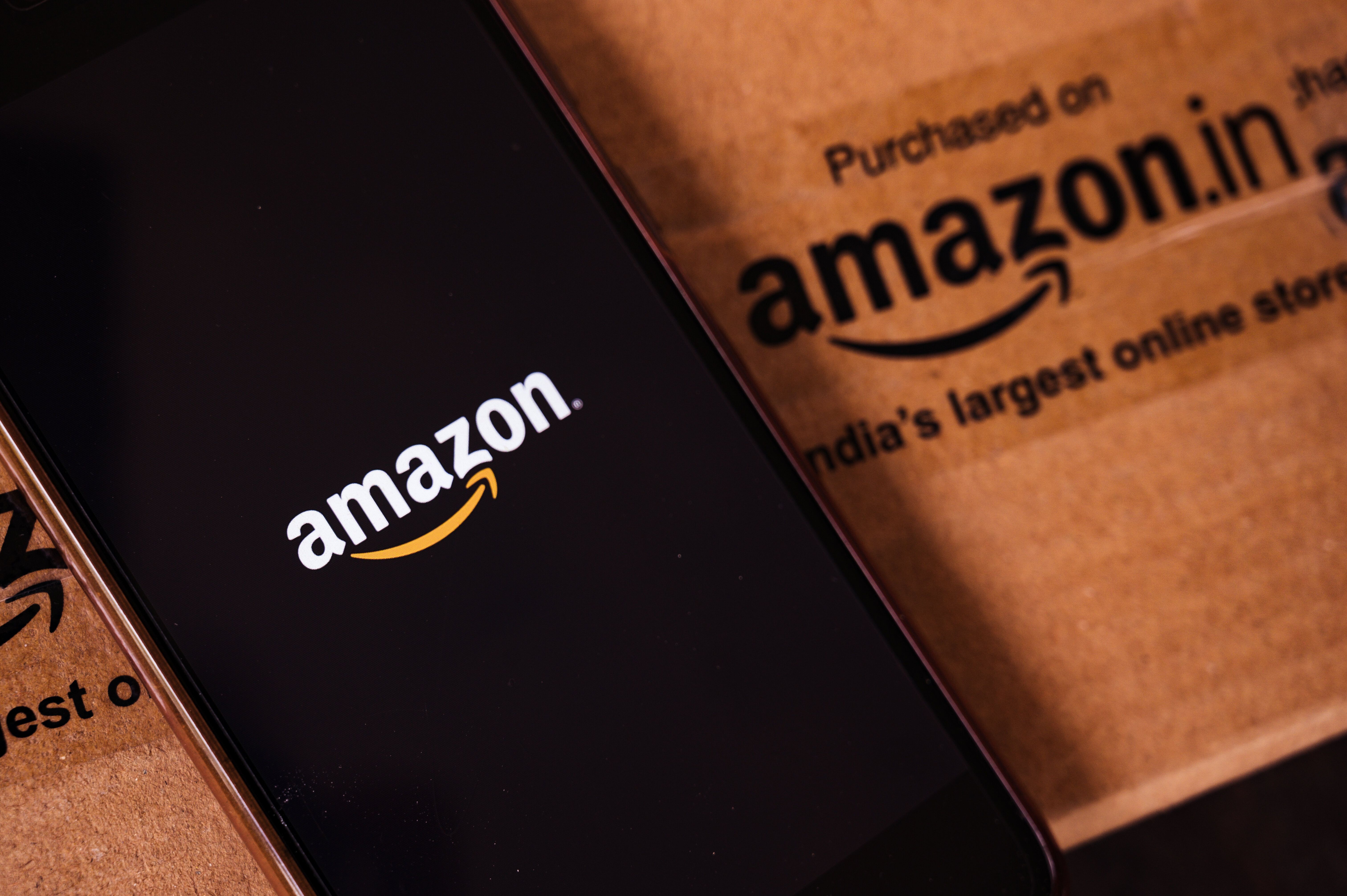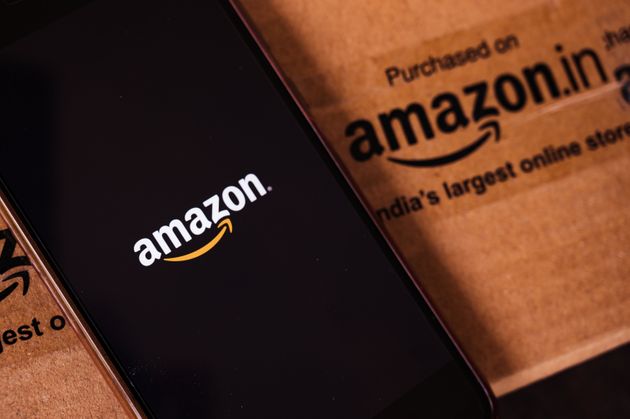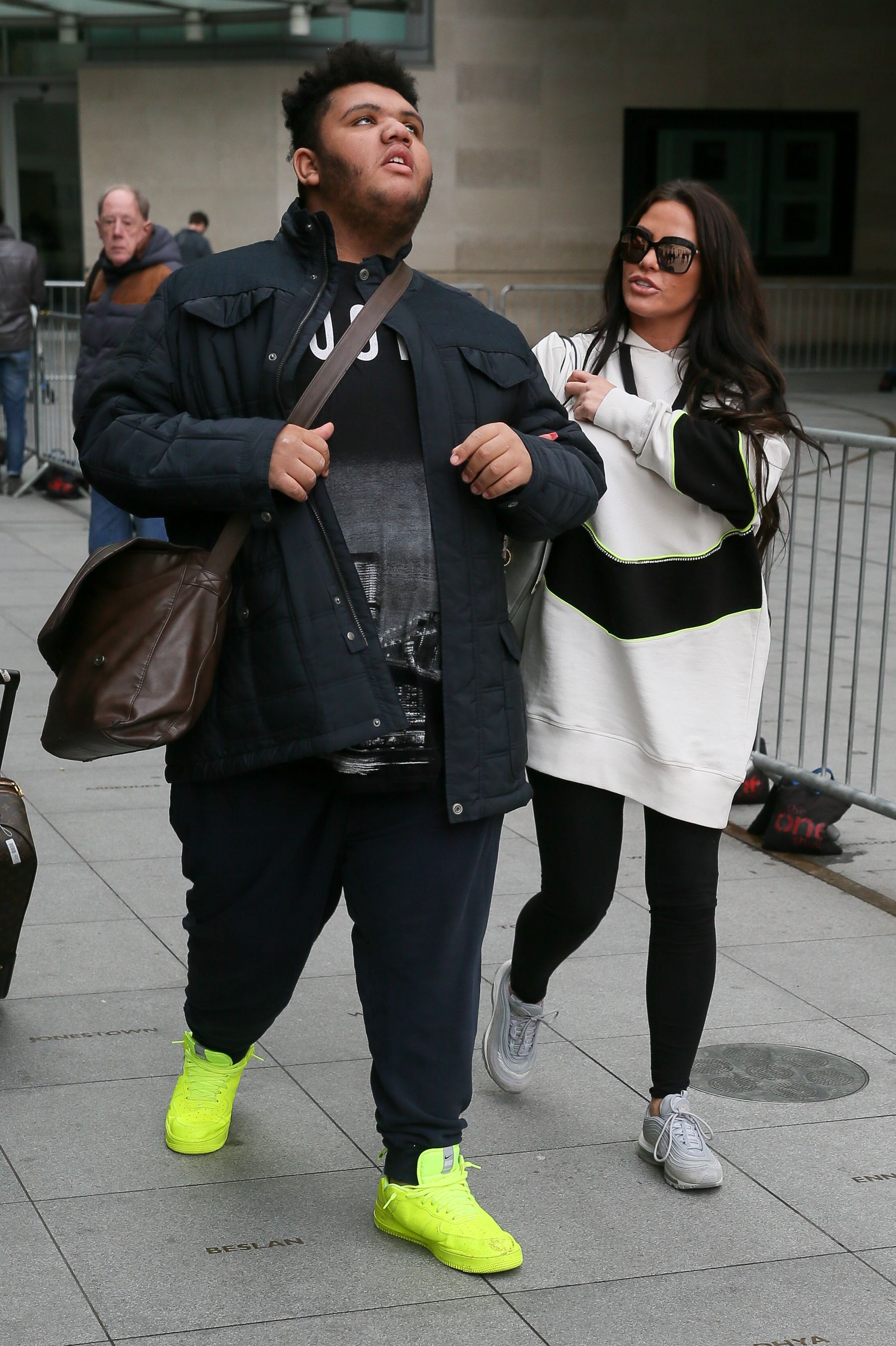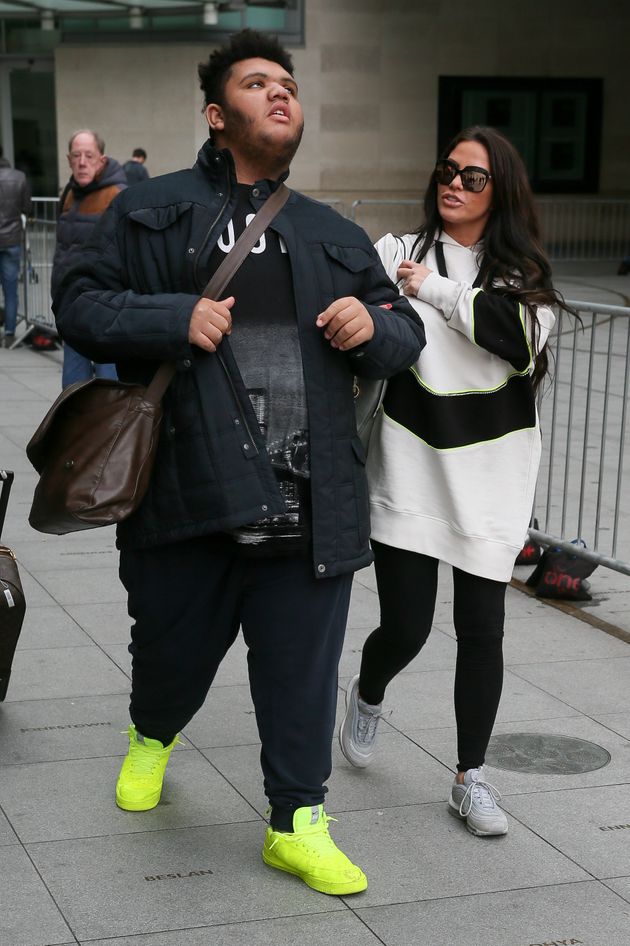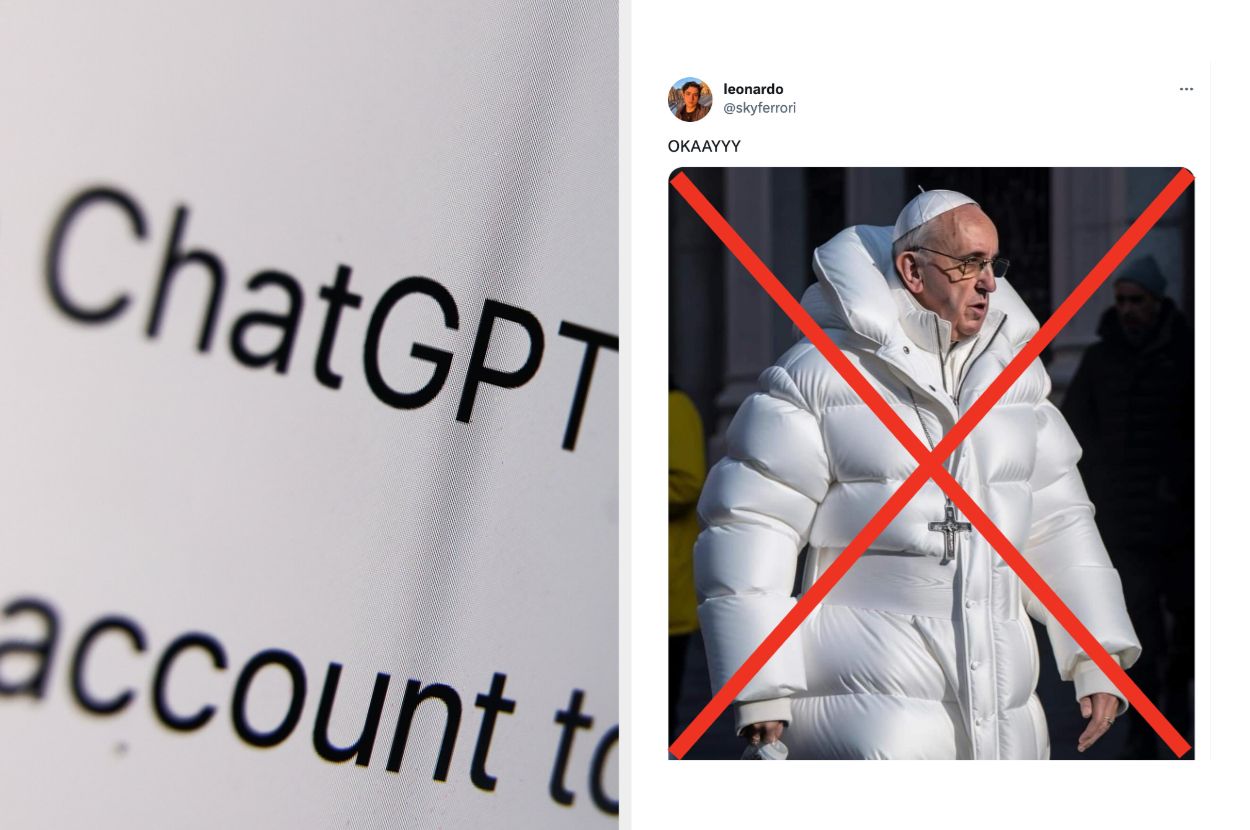
You have to admit, there’s been a certain shiftiness in the air recently about how artificial intelligence (AI) might change society, for good.
Whether it’s increasing the credibility of online hoaxes or potentially making whole sectors redundant by taking over people’s jobs, it does feel like the tide is changing.
Advertisement
For instance, ChatGPT, chatbot software run by OpenAI, launched in November 2022. It already feels like it is everywhere, mimicking human conversations, composing music, writing student essays or job applications. Although it is not always factually accurate, it is learning all the time – which has left some fearing that there will be no end to its talents.
In fact, Italy just became the first Western country to (temporarily) ban the chatbot over privacy fears. Italy’s data-protection authority said there is no legal basis to justify how the app stores personal information to train its algorithms, while also expressing concerns that the chatbot has no age verification attached to it as yet.
Then, there’s that viral image of the Pope in a coat. An edited photo of the current head of the Roman Catholic in a huge, white, puffer jacket – looking like he’s very into grime – was lifted from a Reddit chat about AI images and posted on Twitter.
It then went viral, with pretty much everyone thinking that it was real. While this incident is seemingly innocent, anyone who fell for it then started to worry about how the boundaries between what is real and what isn’t are becoming much more fragile online.
Advertisement
It’s hard to shake the feeling that AI has somehow snuck up on us – especially as most people have been pretty dismissive at even the most ambitious AI work in the past.
For example, remember the robot artist who spoke to the House of Lords back in October? She seemed to “fall asleep” right in the middle of a discussion – prompting laughter both in the room and online at the glitch.
However, as Aidan Meller, the director behind the robot, explained at the time: “AI is coming in far quicker than anybody expected – it is no exaggeration to say that AI is going to be changing all aspects of life.”
Similarly, Twitter CEO Elon Musk and Apple co-founder Steve Wozniak were just two many to sign an open letter this week asking AI labs to halt development for at least the next six months.
Advertisement
They claimed AI labs are “locked in an out-of-control race to develop and deploy ever more powerful digital minds that no one – not even their creators – can understand, predict, or reliably control”. The authors even asked: “Should we risk loss of control of our civilisation?”
Not exactly comforting…
So HuffPost UK spoke to scientist Chief Innovation Officer at Manpower Group, Dr Tomas Chamorro-Premuzic, who is also author of the book ‘I, Human: AI, Automation, and the Quest to Reclaim What Makes Us Unique’ to assess just how worried we should be.
Are concerns over AI’s sudden growth founded?
“AI will probably win the battle for IQ against humans,” Chamorro-Premuzic explained, “But EQ, which is skills such as empathy, kindness, self-awareness, and self-control, will remain 100% human qualities, so we need to cultivate them.”
But, despite what all of the dystopian movies might tell us, the author emphasised that “this isn’t about us versus AI or human vs machine intelligence”.
Instead, it’s about “how we can leverage AI to augment and upgrade our intellectual capabilities.”
He was also realistic in noting that a small dose of worry does actually help, because it will push us to have conversations about the ups and downs of new tech.
Advertisement
Chamorro-Premuzic added: “So, while concerns are warranted, we should not fear, but experiment, learn, adapt, and decide how to use and not use this tool and the next version and generation of tools.”
What about jobs? Aren’t they at risk?
Goldman Sachs estimated that 300 million full-time jobs could be exposed to generative AI globally this week.
But, the specialist wasn’t exactly predicting mass redundancies, even if ChatGPT continue to expand.
He explained: “So far the signs are no different from what we have seen with earlier versions of AI or tech innovation.
“ChatGPT can be expected to mostly automate tasks and skills within jobs rather than entire jobs.”
And this doesn’t mean there will be fewer jobs, just different ones.
The specialist continued: “While such automations may boost productivity and performance, we aren’t very good at re-investing the time we save on more creative or intellectually enriching activities; instead, we likely waste it on other AI-fuelled digital distractions.
“In cases where jobs are indeed eliminated, many more new ones tend to be created, for example, AI whisperers, prompt writers, AI ethicist. It also creates a vast need for social proof and expert opinions to vet ChatGPT, redesign and improve it, and avoid disinformation and misinformation.”
Advertisement
What about the growth of misinformation?
It all comes down to “human adaptability and ingenuity”, apparently.
He explained: “ChatGPT will give us a new era and dimension of fake news and deep fakes, but to the degree that we become aware of the problems, we can still resist trusting it blindly and seek for more reliable and robust truths.”
So, what might our future alongside AI look like?
Chamorro-Premuzic explained that he believes the rise of AI might only increase the demand for authentic, human-created content.
He said: “My own belief is that just like the rise of the fast food industry – which has made it much easier and cheaper for us to consumer unhealthy and non-nutritious but addictive processed food – has increased demand for healthy and fresh food, and given us organic and sustainable cooking, the farm to table and slow food movements, ChatGPT may well end create the intellectual equivalent of slow food.
“A healthier diet for our curiosity and hungry mind than the quick fix we may get from AI.”

